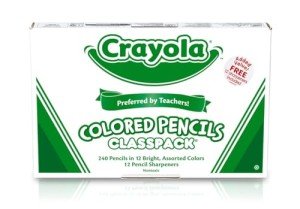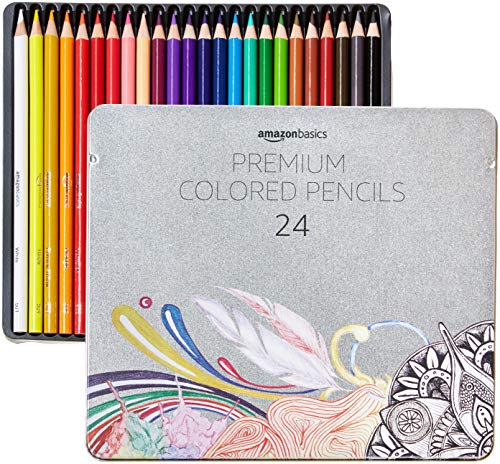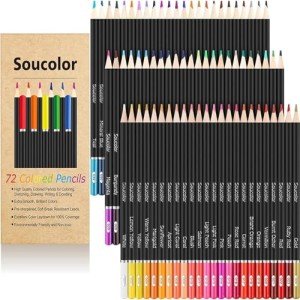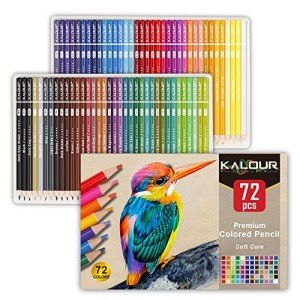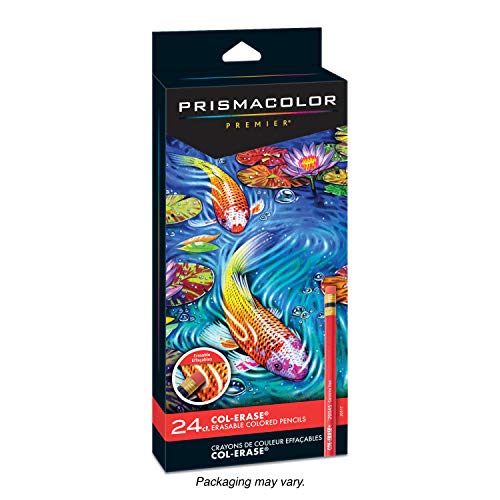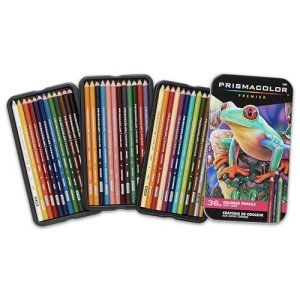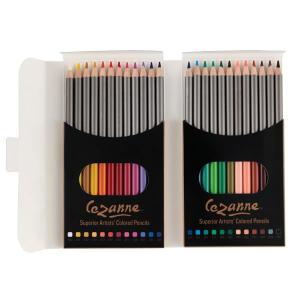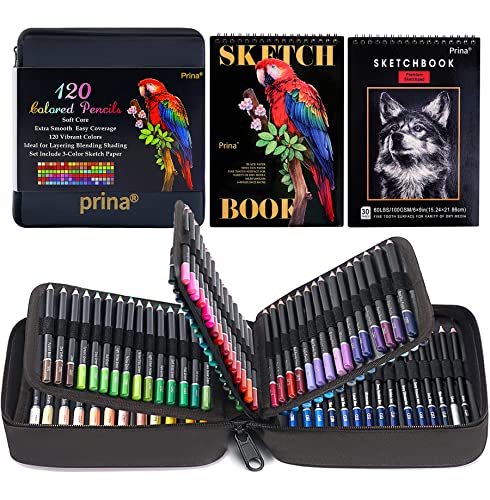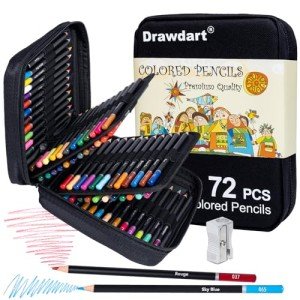Colored pencils, with their remarkable ability to blend, layer, and produce vibrant hues, have become an indispensable tool in the arsenal of artists. From amateur hobbyists to professional illustrators, colored pencils are celebrated for their versatility, ease of use, and the dazzling array of colors they offer. In this article, we'll delve into the captivating realm of colored pencils for art, exploring their history, composition, techniques, and the boundless creative possibilities they bring to life.
A Brief History of Colored Pencils
The history of colored pencils can be traced back to the early 19th century when they were first developed as a means of adding color to black-and-white engravings and sketches. Initially, they were made using wax and various pigments. However, it was the introduction of the modern oil-based colored pencil in the early 20th century that revolutionized the art world.
Composition of Colored Pencils
Modern colored pencils are composed of a core made from pigments, binding agents, and additives. The core can vary in hardness and opacity, depending on the intended use. The binding agents, often wax or oil, help the pigments adhere to the paper and provide a smooth application. Additives such as fillers, extenders, and stabilizers are used to enhance the performance and durability of the pencils.
The Variety of Colored Pencils
Colored pencils come in various types, including wax-based, oil-based, watercolor, and pastel pencils. Each type offers distinct advantages and characteristics, catering to different artistic needs:
Wax-Based Colored Pencils: Wax-based pencils, such as Prismacolor, are known for their vibrant, soft, and blendable cores. They are favored by many artists for their ability to create smooth gradients and intricate details.
Oil-Based Colored Pencils: Oil-based colored pencils, like Faber-Castell Polychromos, are renowned for their durability, lightfastness, and crisp lines. They are well-suited for detailed work and layering.
Watercolor Pencils: Watercolor pencils, as the name suggests, can be used both as traditional colored pencils and as watercolors. When activated with water, they transform into fluid and translucent paint, allowing for beautiful washes and effects.
Pastel Pencils: Pastel pencils combine the convenience of a pencil with the expressive qualities of pastels. They offer a rich and velvety texture, ideal for blending and layering.
Techniques and Creative Possibilities
Colored pencils offer a wide range of techniques and creative possibilities:
Layering: Layering involves applying multiple layers of color to achieve depth, richness, and complexity. The translucent nature of colored pencil cores allows for seamless blending and the creation of subtle gradients.
Burnishing: Burnishing is a technique in which the artist applies heavy pressure to blend and smooth the layers of colored pencil, resulting in a polished, glossy finish.
Mixing and Blending: Colored pencils can be mixed on the paper to create custom colors and achieve a broader spectrum of hues. Blending tools such as blending stumps, tortillons, or even cotton swabs can be used to create smooth transitions between colors.
Highlighting and Detailing: Colored pencils are excellent for adding fine details and highlights to artwork. White colored pencils are commonly used for this purpose.
Colored pencils have evolved from simple tools for adding color to illustrations to versatile and sophisticated mediums that can stand on their own as works of art. Their rich history, composition, and wide variety of types offer artists endless possibilities for creative expression. Whether you are a professional illustrator, a hobbyist, or someone exploring art for the first time, colored pencils provide an accessible and rewarding medium to bring your imagination to life. So, the next time you reach for your colored pencils, remember that you hold in your hand not just a tool but a vibrant spectrum of creativity waiting to be explored and shared with the world.
